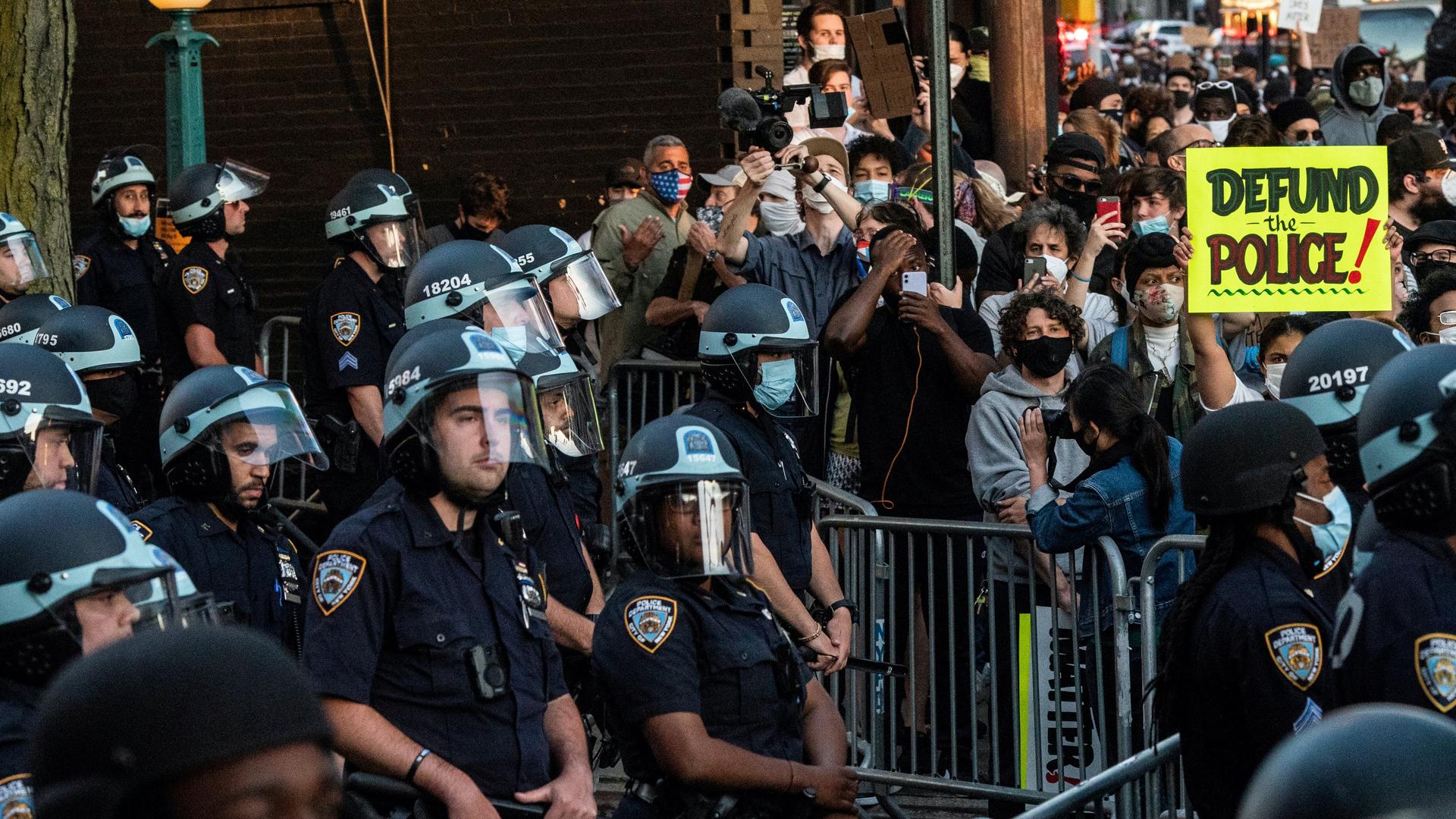This analysis was featured in Critical State, a weekly newsletter from The World and Inkstick Media. Subscribe here.
Last week, Critical State’s Deep Dive looked at some of the electoral effects of mass protest.
Related: The power of protest: Part I
This week, Deep Dive digs into the research on one of the apparent mysteries of the past couple weeks: Do American police forces respond to protests against police killings by increasing their violence against civilians? Or does it just seem that way because of the unending stream of videos and reports of police violence against protesters?
A paper from last year by economists Jamein Cunningham and Rob Gillezeau in the Journal of Quantitative Criminology offers a jarring answer to that question. Cunningham and Gillezeau looked back at earlier waves of protest against police violence in the 1960s and 70s, testing the effects of those actions on police killings in the years that followed.
Related: World responds to protests sparked by George Floyd’s death
They started by collecting a dataset of all the protests and riots (what Cunningham and Gillezeau call “racial uprisings”) by black Americans that took place in the US between 1964 and 1971, mapped down to the county level.
Related: Police killing of George Floyd strikes a chord in Kenya
Their data includes over 700 uprisings in that seven-year period, which gives a sense of the level of upheaval in the US during that time. With a list of counties that experienced uprisings and the year the first uprising in each county took place, Cunningham and Gillezeau could begin researching how those uprisings — often a direct result of police violence against civilians — affected subsequent police killings.
The effect, it turns out, was to increase those killings. In the first three years after a county experiences a racial uprising, police killings of both white and non-white civilians jump, and by similar amounts.
Related: In France, the killing of George Floyd invokes the memory of Adama Traoré
The average county that had an uprising saw police kill between 2.2 and 2.4 more white people in the three years following the first uprising than in the average county that had no uprising, and the increase in killings of non-white people was between 1.4 and 3.1 in the same time frame.
That might be surprising, given that the uprisings themselves were largely the result not of generalized police violence, but of specifically anti-black police violence. If police are not just violent but racist in their violence, why would killings of white people spike alongside killings of non-white people?
Related: ‘No justice, no peace’: Thousands in London protest the death of Floyd
Well, the data doesn’t stop three years from the first uprising. When Cunningham and Gillezeau looked at a wider timescale — the 15 years from the first uprising in a county — they found that the effect of killings of white people subsided over time.
In 15 years, an uprising predicted that police would kill an additional 3.8 to 6.6 white people beyond what would happen in an average county with no uprising, and the biggest effect was in the first three years. For non-white people, though, the effect of the uprising never really went away. In the 15 years following the first uprising, police in a post-uprising county killed an average of between 9 and 15.1 more non-white people than their brothers in blue from non-uprising counties.
Cunningham and Gillezeau make no claims about the mechanism that causes police killings to rise after uprisings, but it is clear from their data that expressing displeasure with police violence without limiting police ability to mete out further violence is likely to lead to more civilian death.
As today’s protesters lay out their demands for public safety systems that severely curb police capabilities for violence, Cunningham and Gillezeau offer insight into the stakes of their struggle.
Critical State is your weekly fix of foreign policy without all the stuff you don’t need. It’s top news and accessible analysis for those who want an inside take without all the insider bs. Subscribe here.
